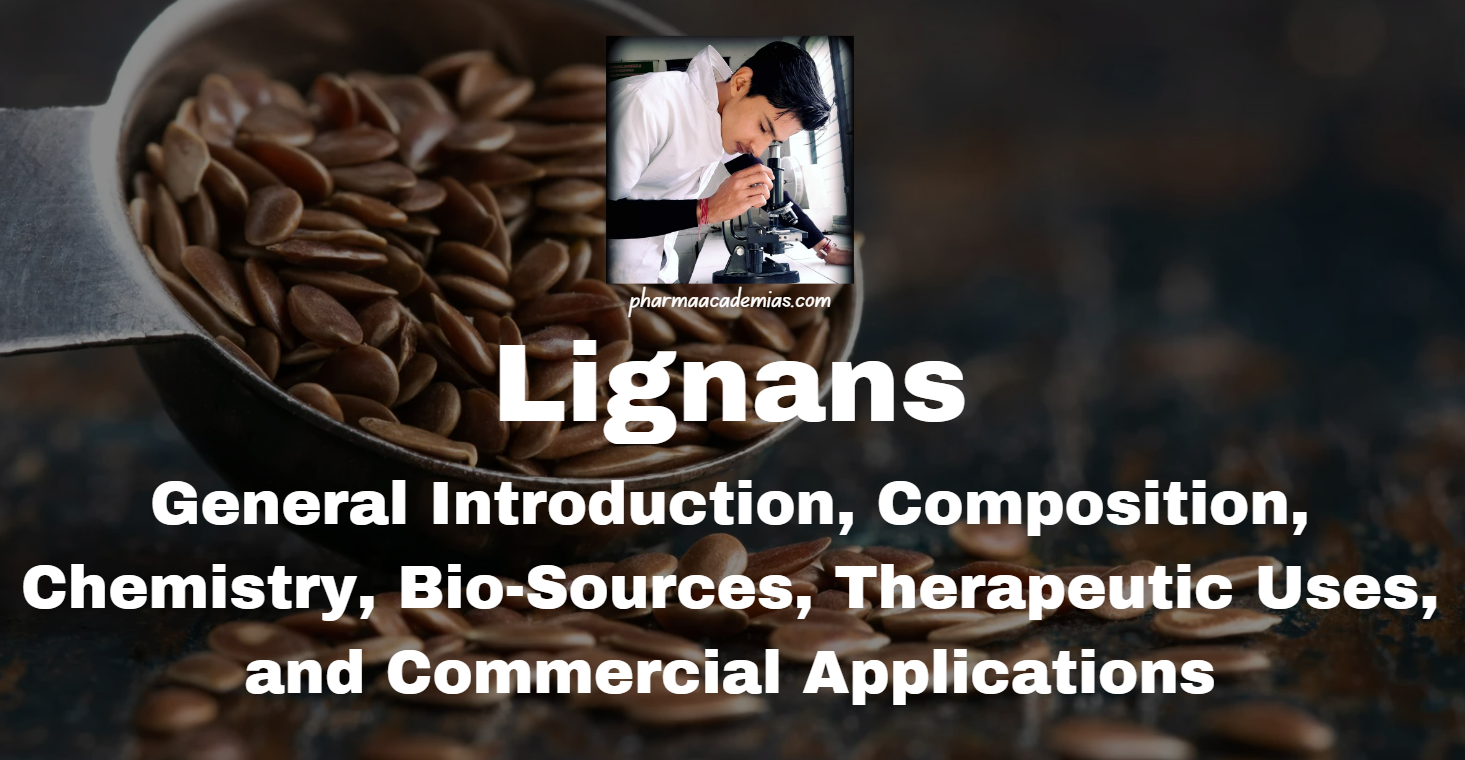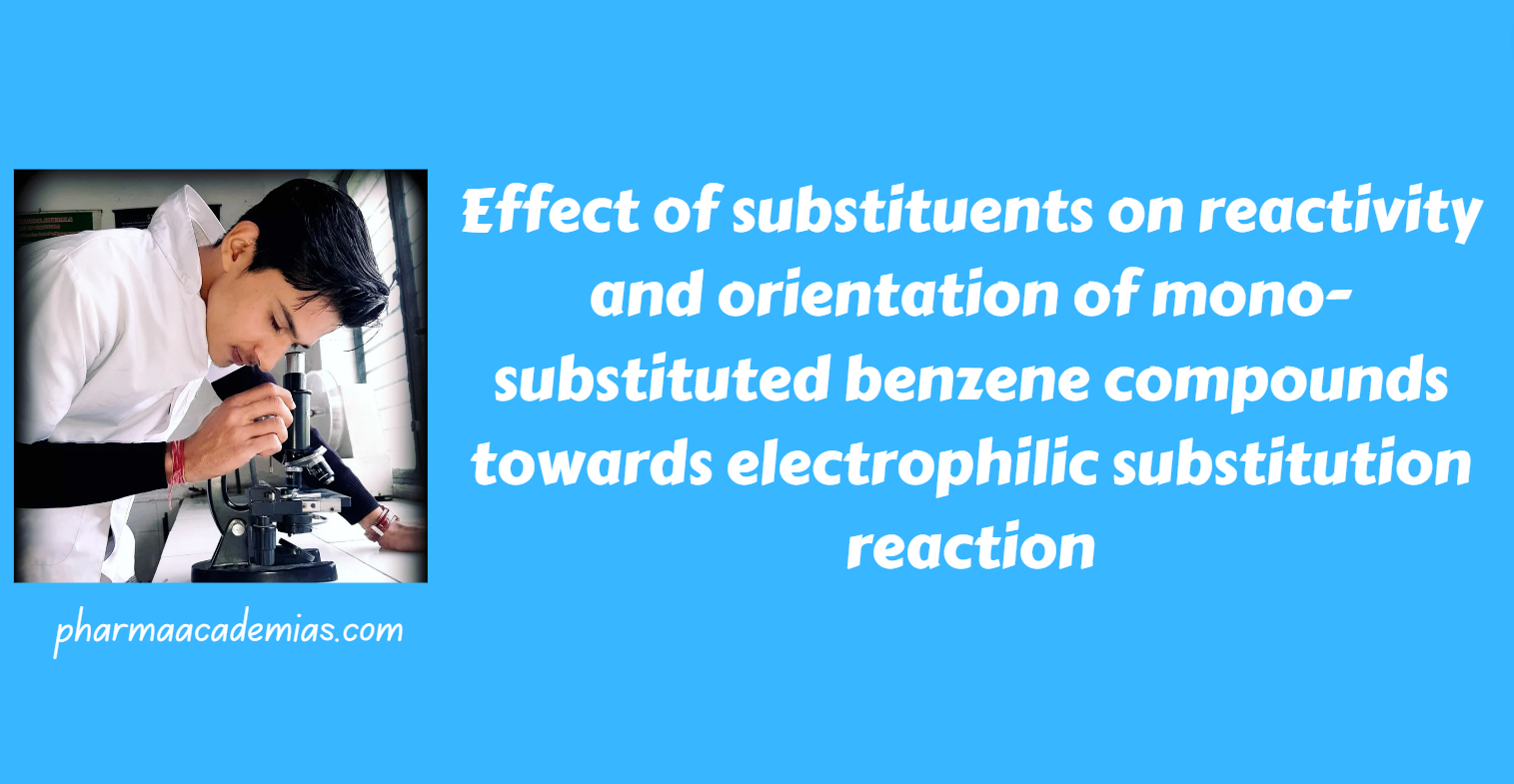General Introduction:
Beeswax is a natural wax produced by honeybees (Apis mellifera). It is secreted by worker bees from special glands and used to build the honeycomb structure in which bees store honey and raise their brood. Beeswax has been used since ancient times in various applications, including cosmetics, candles, and medicinal products. Its unique properties make it valuable in pharmaceuticals and as a versatile natural product.
Chemistry of Beeswax
Chemical Composition: Beeswax is composed of esters of fatty acids and long-chain alcohols. Major components include myricyl palmitate, cerotic acid, and hydrocarbons such as paraffins.
Physical Properties: It is a solid at room temperature with a melting point of around 62-64°C. Beeswax is yellow to brown in color and has a pleasant, honey-like aroma.
Chemical Properties: Beeswax is insoluble in water but soluble in organic solvents such as ether and chloroform. It is chemically stable and resistant to hydrolysis and oxidation.
Sources of Beeswax
Natural Source: Beeswax is produced by honeybees and harvested from beehives. It is a byproduct of honey production.
Geographical Distribution: Major producers of beeswax include China, the United States, Argentina, Turkey, and Ethiopia.
Preparation of Beeswax
Extraction Methods:
Honeycomb Capping: Beeswax is typically obtained from the cappings of the honeycomb during honey extraction.
Melting and Filtering: The collected beeswax is melted and filtered to remove impurities, resulting in purified beeswax.
Refining: Further refining processes may include bleaching and deodorizing to produce pharmaceutical-grade beeswax.
Evaluation of Beeswax
Quality Control: Beeswax is evaluated for its purity, melting point, acid value, and ester value.
Standards: It must meet the standards set by pharmacopeias such as the USP (United States Pharmacopeia) and BP (British Pharmacopoeia).
Preservation and Storage:
Storage Conditions: Beeswax should be stored in a cool, dry place away from direct sunlight and heat to prevent melting and degradation.
Preservation Methods: Beeswax is naturally stable, but antioxidants can be added to enhance shelf life if necessary.
Therapeutic Uses of Beeswax
Skin Care: Beeswax is used in creams, ointments, and lotions for its emollient properties, which help to soften and protect the skin.
Wound Healing: It is used in formulations for wound healing and treatment of minor burns and abrasions due to its antimicrobial and anti-inflammatory properties.
Lip Balms: Beeswax is a common ingredient in lip balms and lipsticks, providing moisture and protection.
Anti-inflammatory: Beeswax has mild anti-inflammatory properties, making it useful in topical treatments for inflammatory skin conditions.
Commercial Utility as Pharmaceutical Aids and/or Medicines
Pharmaceutical Formulations: Beeswax is used as a base and thickening agent in ointments, creams, and balms.
Emulsifying Agent: It acts as an emulsifying agent in the formulation of water-in-oil and oil-in-water emulsions.
Stabilizer: Beeswax helps stabilize formulations and improve texture and consistency.
Coating Agent: It is used as a coating for tablets and capsules to protect the active ingredients and control their release.
Conclusion:
Beeswax is a highly versatile natural product with extensive applications in pharmaceuticals and cosmetics. Its unique chemical composition and beneficial properties make it an essential ingredient in various formulations for skin care, wound healing, and drug delivery. Proper evaluation, preservation, and storage are crucial to maintaining its quality and effectiveness, ensuring its continued utility as a pharmaceutical aid and medicine.




